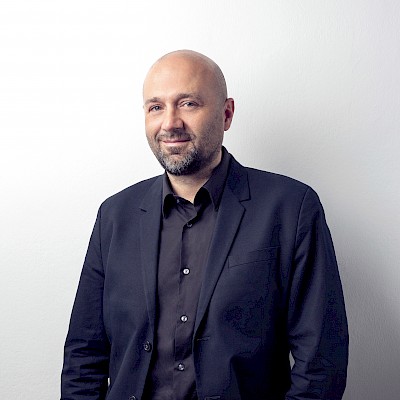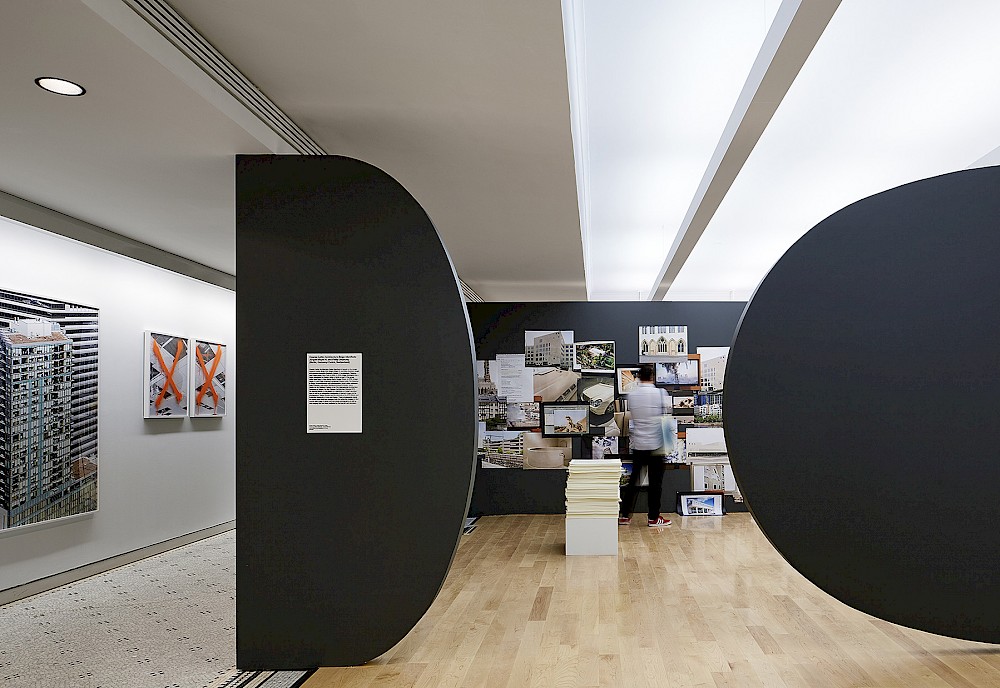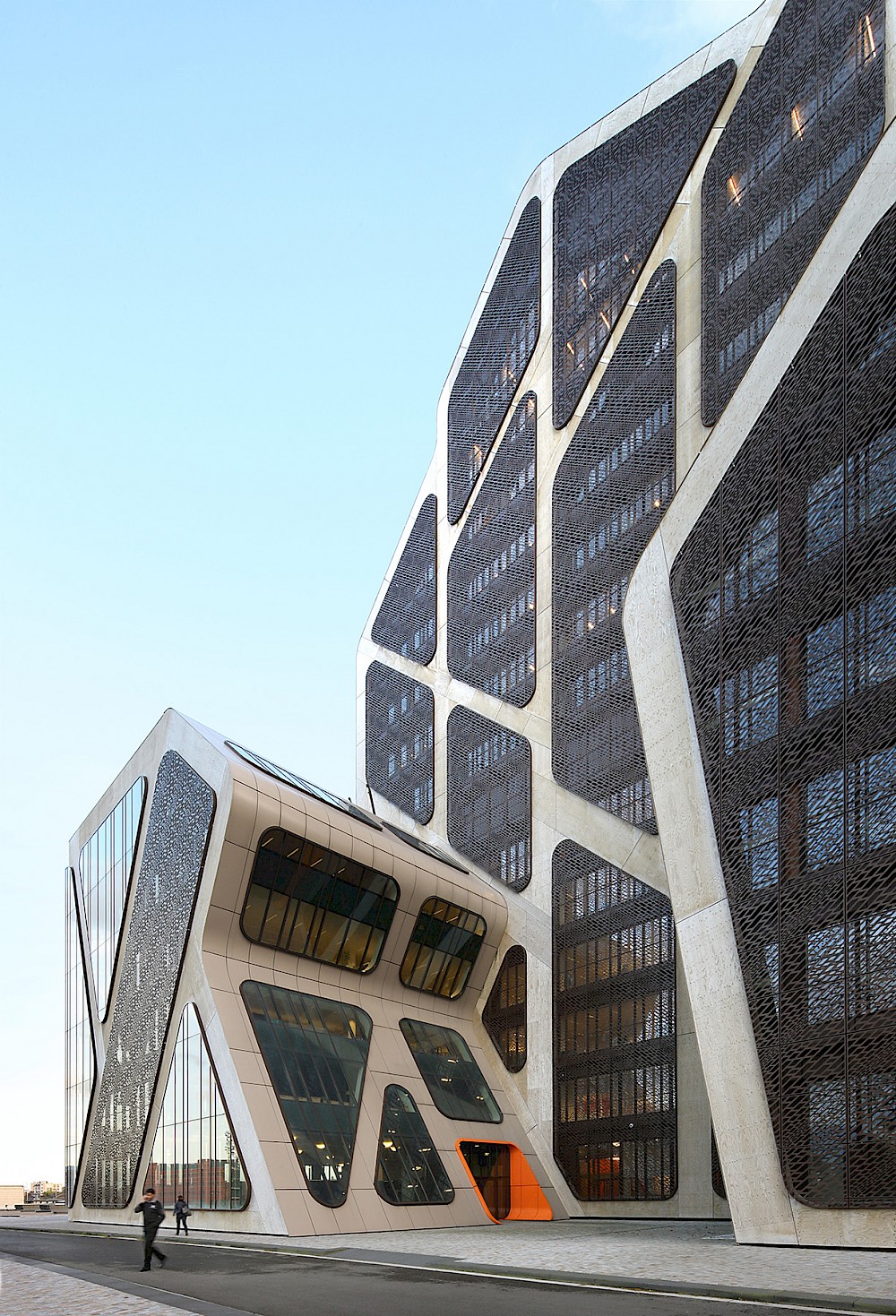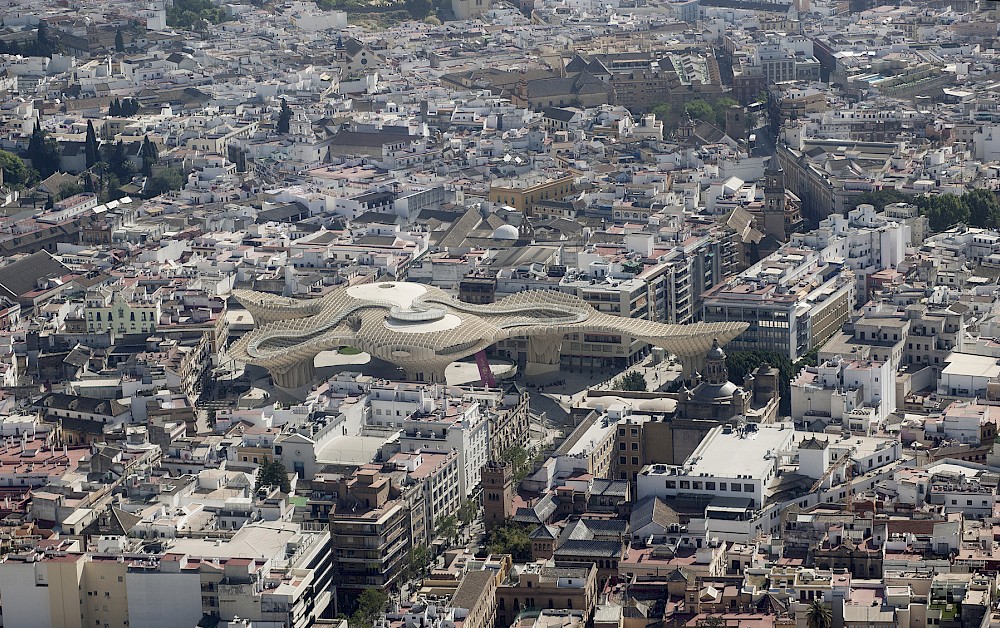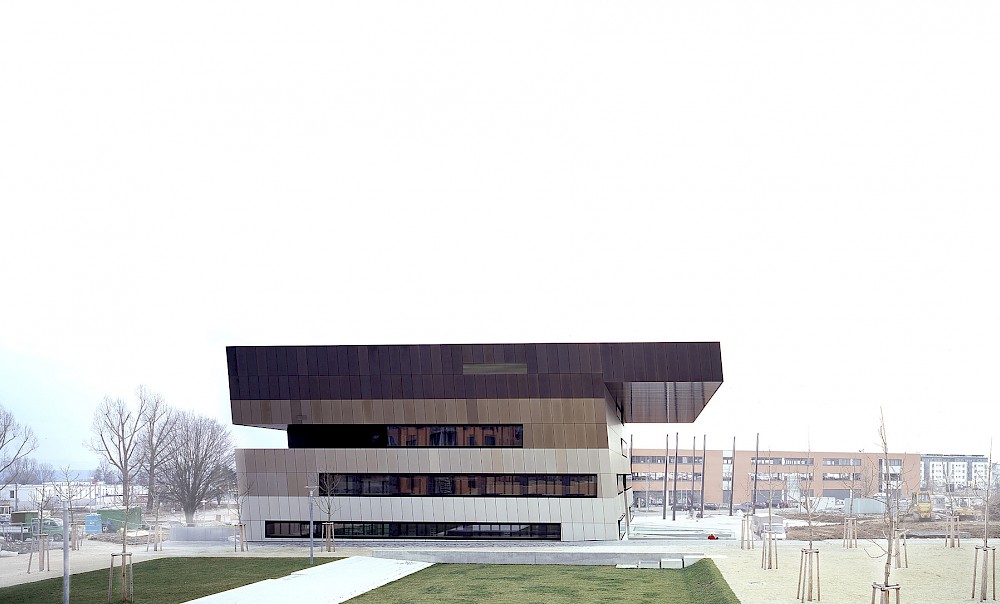BIENNIAL PROJECT
Cosmic Latte: Architecture Beige Manifesto
Cosmic Latte: Architecture Beige Manifesto is based on the design research studio Beige that Jürgen Mayer H. and Marc Kushner taught at Columbia University Graduate School of Architecture, Planning and Preservation, New York in 2004. In 2014, Beige developed into a larger installation at Galerie Judin in Berlin as part of the group show How Soon is Now during Berlin Design Week. In 2015, Jürgen Mayer H. and Philip Ursprung’s proposal Cosmic Latte: The Universe is Beige—in collaboration with photographer Armin Linke, composer Isabel Mundry, and artists Wermke/Leinkauf & Henke—was a finalist for the German Pavilion at the 15th International Architecture Exhibition in Venice. For the Chicago Architecture Biennial 2017, the biennial theme is articulated as a manifesto on today’s architecture as well as an exhaustive cataloguing of internet images led by photographer Tobias Wooten and his students at the ETH Zürich and Karlsruhe University of Arts and Design. These photographs reveal the latent visual field that emerges from the collective imagery to find cosmic latte beige in street and real estate photography as well as war imagery that has been mediated by the internet and television.
BIO
In 1996, Jürgen Mayer H. founded J.MAYER.H Architects which focuses on the intersection of architecture, communication, and innovative technology. J.MAYER.H has a wide array of completed national and international projects including Metropol Parasol; the redevelopment of the Plaza de la Encarnación in Seville, Spain; the Court of Justice in Hasselt, Belgium; and Pavilion KA300, built in celebration of Karlsruhe’s 300th jubilee. He has done several public and infrastructure projects in Georgia including the Queen Tamar Airport, Mestia; the border checkpoint in Sarpi; and three highway rest stops in Gori and Lochini. Upcoming projects include a parking garage façade in Miami, Florida; the FOM University and the residential high-rise; Rhein740 in Düsseldorf; and VOLT, a new retail and experience complex in the heart of Berlin. From urban planning schemes and buildings to installation work and objects with new materials, the relationship between the human body, technology, and nature form the background for a new production of space.
Philip Ursprung is Professor of the History of Art and Architecture and designated Dean of the Department of Architecture at ETH Zurich. He earned his PhD in Art History at Freie Universität Berlin after studying in Geneva, Vienna and Berlin. He has taught at the Hochschule der Künste Berlin, the GSAPP of Columbia University, the Barcelona Institute of Architecture, and the University of Zürich. He is Principal Investigator of the research project “Tourism and Urbanization” at Future Cities Laboratory of Singapore ETH Centre, Singapore. He is editor of Herzog & de Meuron: Natural History (CCA Montreal and Baden: Lars Müller, 2002) and Caruso St John: Almost Everything (Barcelona: Poligrafa, 2009). His most recent books are Allan Kaprow, Robert Smithson, and the Limits to Art (Berkeley: University of California Press, 2013), Brexas y conexiones (Barcelona: Puente Editores, 2016) and Der Wert der Oberfläche (Zürich: gta Verlag, 2017).



